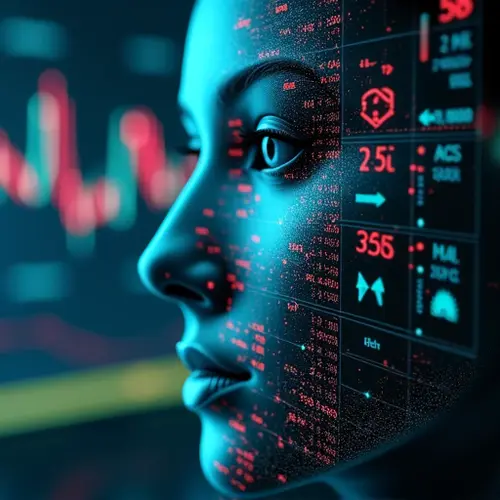
The AI Investing Revolution
Financial institutions poured $35 billion into AI projects in 2023, with projections showing the AI finance market reaching $190 billion by 2030. At the heart of this boom lies a critical question: Can artificial intelligence accurately predict stock markets?
How AI Analyzes Markets
Modern systems combine deep reinforcement learning (DRL) and directional change (DC) algorithms to process massive datasets. DRL allows systems to dynamically adapt to market conditions, while DC algorithms detect subtle trend transitions by monitoring price movements beyond set thresholds. This enables analysis of:
- Historical financial statements
- Real-time market data
- Social media sentiment
- Satellite imagery
- Economic indicators
Success Stories and Limitations
Recent studies show AI-powered hedge funds returning nearly triple the industry average. Platforms like NexusTrade demonstrate how AI identifies fundamentally strong stocks - NVIDIA scored 4.5/5 in semiconductor analysis due to consistent 40% YoY growth. The "Magnificent 7" tech stocks all show strong fundamental metrics.
However, significant challenges remain:
| Challenge | Impact |
|---|---|
| Data Quality | Inaccurate inputs create flawed predictions |
| Black Box Nature | Unexplainable decisions hinder trust |
| Market Volatility | Unforeseen events disrupt models |
The Human Factor
As financial expert Federico Dominguez notes: "No human can keep up with modern markets' pace. Strategies decay - we must let algorithms create better ones." Yet 72% of finance companies report needing cultural changes to successfully implement AI systems.
Future of AI Investing
By 2025, 85% of financial institutions will use AI, with 95% of models incorporating ESG factors by 2030. Real-world applications already include:
- AlphaSense: NLP-powered market intelligence
- Kavout: AI-driven stock ranking system
- Upstart: 44% more loan approvals using alternative metrics
While AI won't replace human judgment, it's becoming an indispensable tool for navigating increasingly complex markets. As computing power grows and algorithms evolve, the accuracy frontier keeps expanding - but the unpredictable human element remains the wild card.

 Nederlands
Nederlands English
English Français
Français Deutsch
Deutsch Español
Español Português
Português


